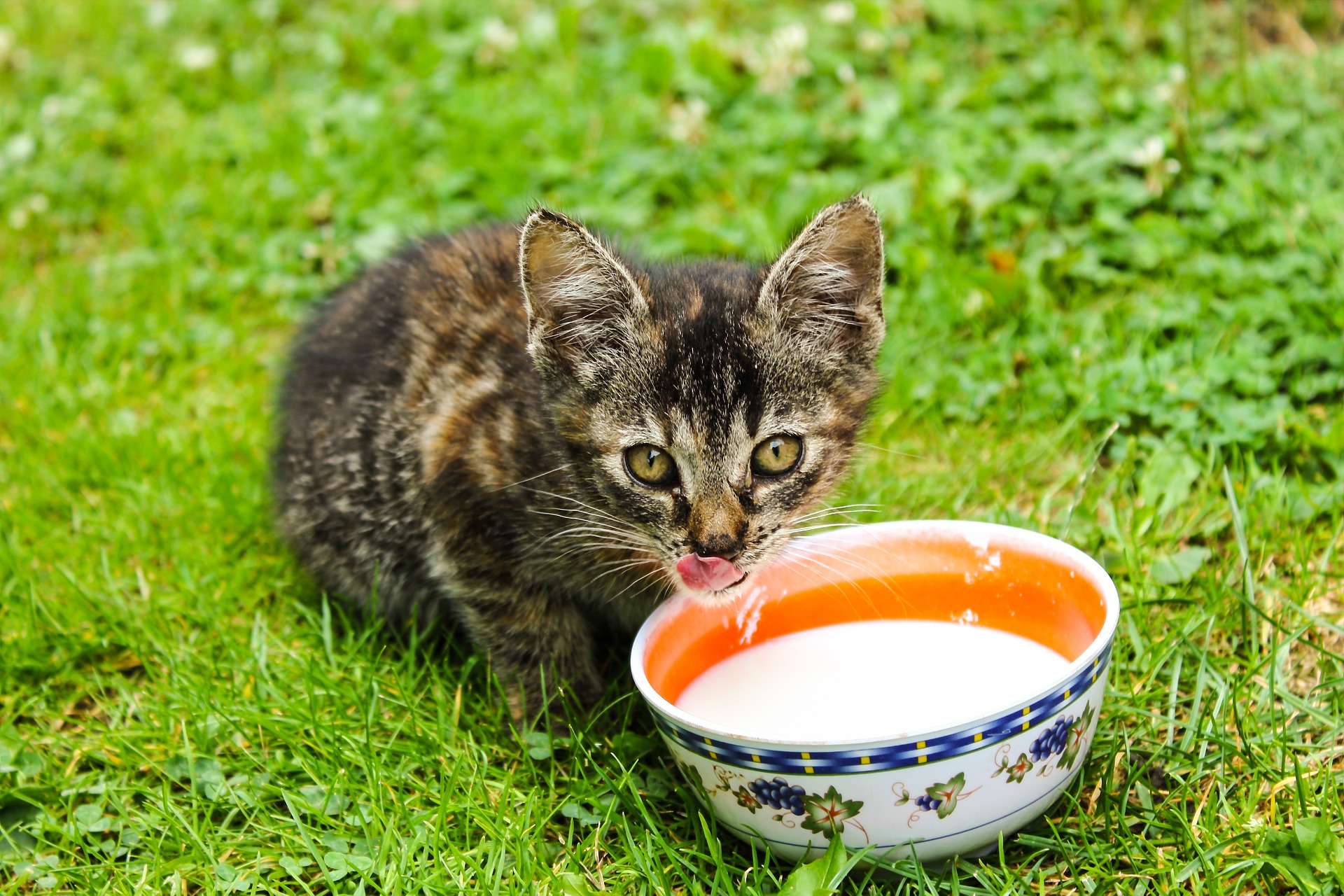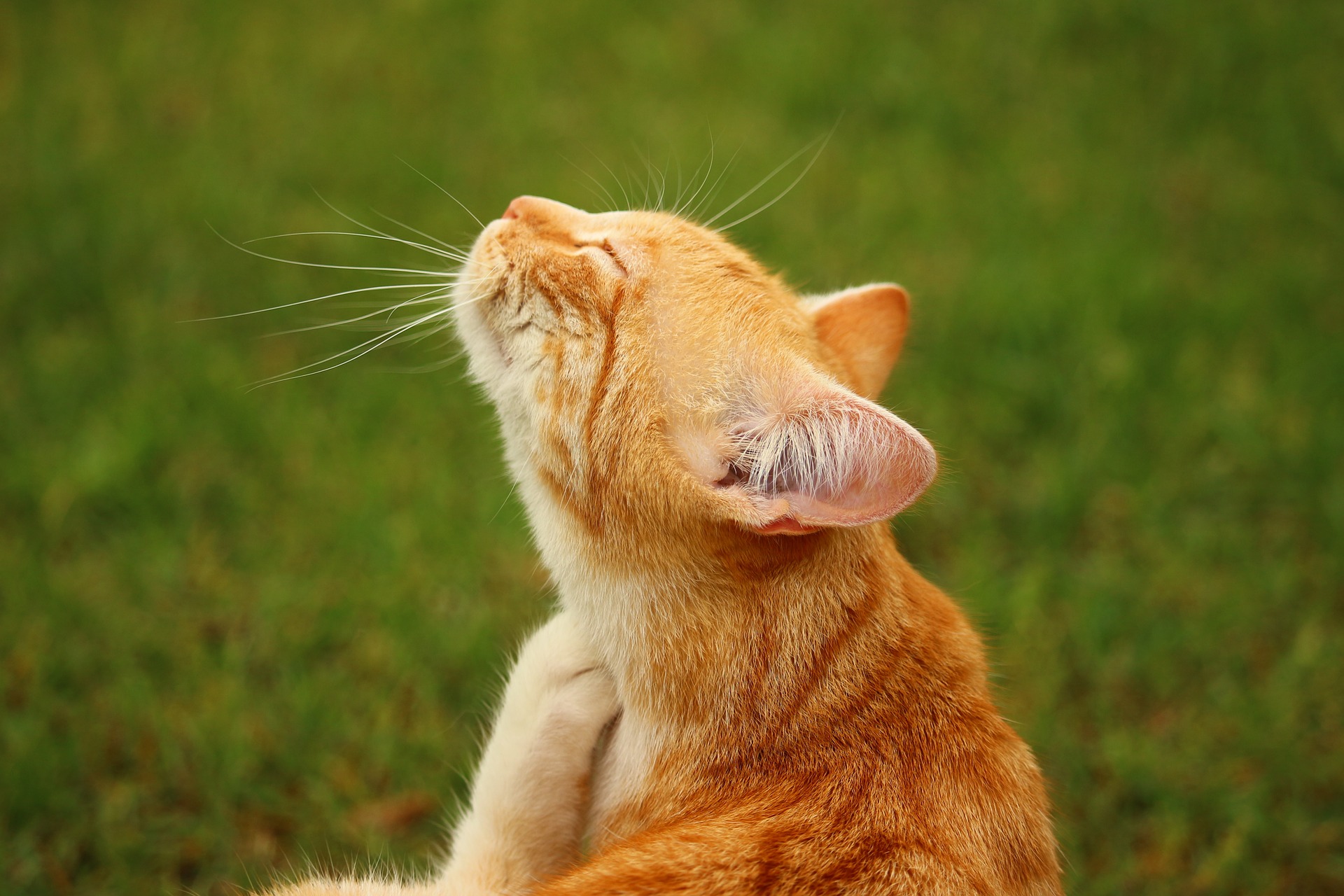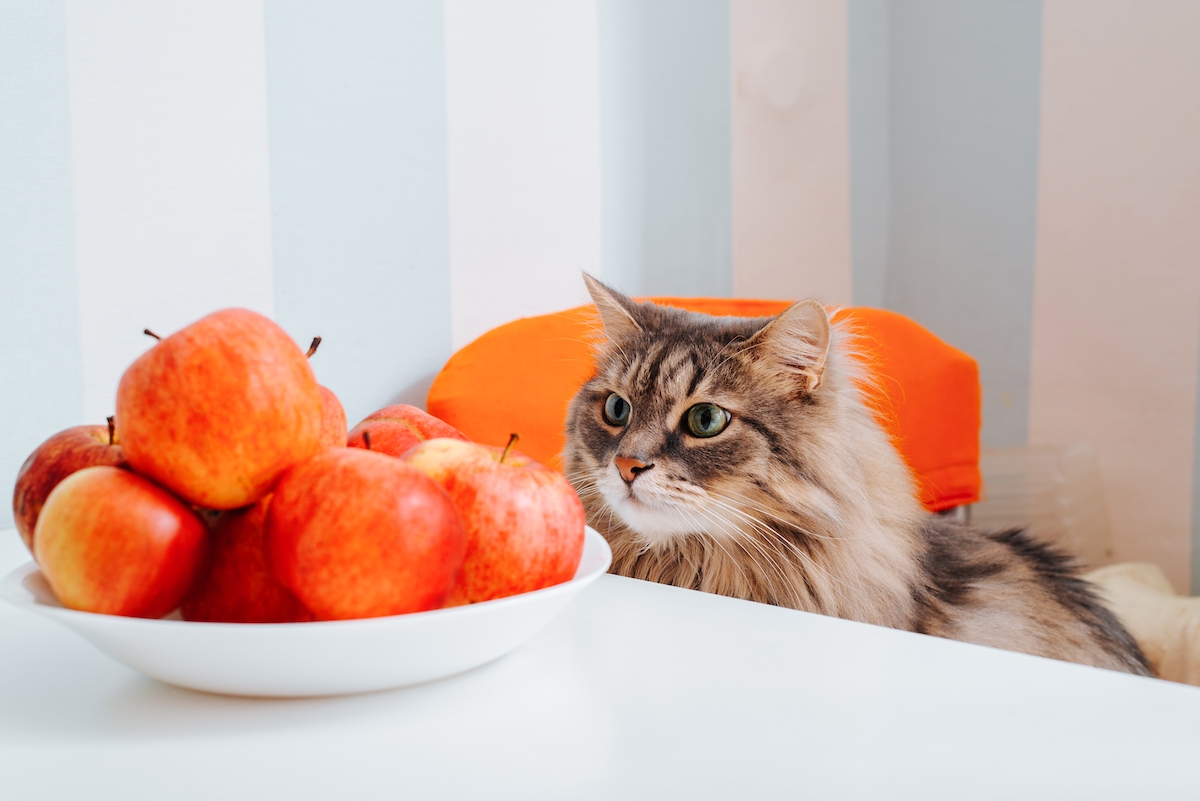With their striking rosette coats and low-maintenance grooming needs, Bengal cats are already one of the most desired breeds in the world. Once known as Safari cats, the breed went through a name change in the 1970s to reflect its fascinating heritage. But what is living like a Bengal cat actually like? Are they as feisty as their Asian leopard ancestors?
We’ll explore the Bengal cat’s personality in depth, covering everything from a brief look into their history, the most common Bengal personality traits, and any breed-specific requirements that may hinder your quest to adopt one of these lovely cats.

Bengal cat history
While some cat breeds, such as the Egyptian Mau, can trace their lineage as far back as 10,000 B.C.E., the Bengal cat is a relative newcomer on the scene. The Bengal cat was first bred deliberately in California in the 1980s, after cat breeder Jean Mill crossed a domestic shorthair (a black tomcat) with an Asian leopard cat. Asian leopard cats, a breed of dainty wildcats hailing from Southeast Asia, are also known as Felis bengalensis — hence the aforementioned name change from Safari cat to “Bengal cat,” — a nod to this hybrid breed’s wild ancestor.
However, there may be another reason for the switch that led to the newly dubbed Bengal cat. When the breed’s name was changed in 1974, the man responsible was named William “Bill” Engler — B. Engler. Some believe he drew inspiration from his own name.

Bengal cat size and health
The Bengal cat’s wild ancestor, the Asian leopard cat, is relatively petite and rarely weighs over 10 pounds. With that in mind, it may come as a surprise to you to learn that Bengal cats actually tend to be larger than most domestic cat breeds. Interestingly, similar to Maine Coon cats, Bengal cats aren’t fully grown until they’re over 2 years old, although some may continue growing until they reach 3 years of age.
So, how large does the average Bengal cat get? Health and diet play a major role in any cat’s size, but most Bengal cats weigh at least 12 pounds, with some males tipping the scales at nearly 20 pounds.
Health issues
As much as we hate to be the bearers of bad news, any breeder who swears that a breed is free of any health conditions isn’t telling the truth. Just like all pedigreed cat breeds, Bengal cats have a few health issues they’re genetically predisposed to — particularly if you don’t choose a reputable breeder.
Potential health problems include hypertrophic cardiomyopathy, progressive retinal atropy, and cataracts. Although many people believe poor diet causes hypertrophic cardiomyopathy, it’s actually the most common form of heart disease in all cat breeds, and it’s hereditary. Feeding your cat a healthy diet, making sure they get plenty of exercise, and taking them to visit the vet regularly can help prevent health issues in any breed — or at least catch them early enough for a better outcome.

Bengal cat personality
Despite their wildcat appearance, the Bengal cat breed is known for being a gentle and relentlessly good-natured pet. Bengals form close bonds with human family members, and they’re famous for being playful and affectionate with children. As with all cat breeds, we recommend introducing your furry kids to your human kids in stages, and you should never leave any pet unattended with young children.
With that said, Bengal cat behavior can go from “docile and sweet” to a “locomotive on four legs” in a heartbeat. This large, active breed requires plenty of space to run and play, so we highly recommend investing in a solid cat tower and a variety of toys to keep your fur baby entertained. However, once a Bengal cat has had their fill of playtime, they’re likely to curl up on your lap and sleep. Talk about having the best of both worlds.

Are Bengal cats hypoallergenic?
Although the breed is one of the most popular in terms of minimal grooming needs, its reputation as a non-shedding cat is something of a double-edged sword. Contrary to popular belief, Bengals are not a hypoallergenic cat breed. Scientists have spoken once and for all: There is no such thing as a truly hypoallergenic cat. Bengal cats have short, slightly rough coats that don’t require much in the way of maintenance, but having low grooming needs doesn’t mean you have a hypoallergenic cat. (We’re sorry to burst your bubble.)
For allergy sufferers, a cat’s fur doesn’t cause the vast majority of allergic reactions at all. Instead, most people who suffer from pet allergies react to shed skin cells — also known as “dander” — or a protein in their saliva: the Fel d1 protein, to be exact. But there may be a caveat: Given their hybrid genetics, some research indicates that the Bengal cat’s allergen-causing proteins may be just different enough from those of a domestic cat to make them far less likely to cause an allergic reaction.

Are Bengal cats the perfect breed for you? If you want a medium to large cat that loves to play, they might be. We suggest spending time with any cat you’re considering adopting beforehand, but it’s especially important if you’re allergic to cats. Not only will you have a better idea of whether they set off your allergies, but it’s also a fantastic way to get to know their personality before you bring them home to meet the family.



